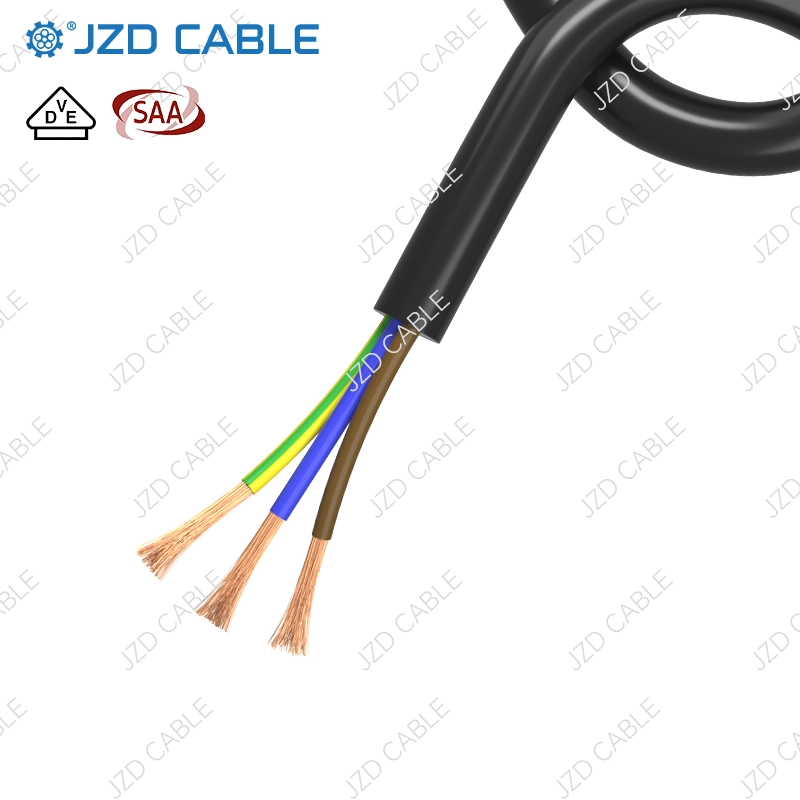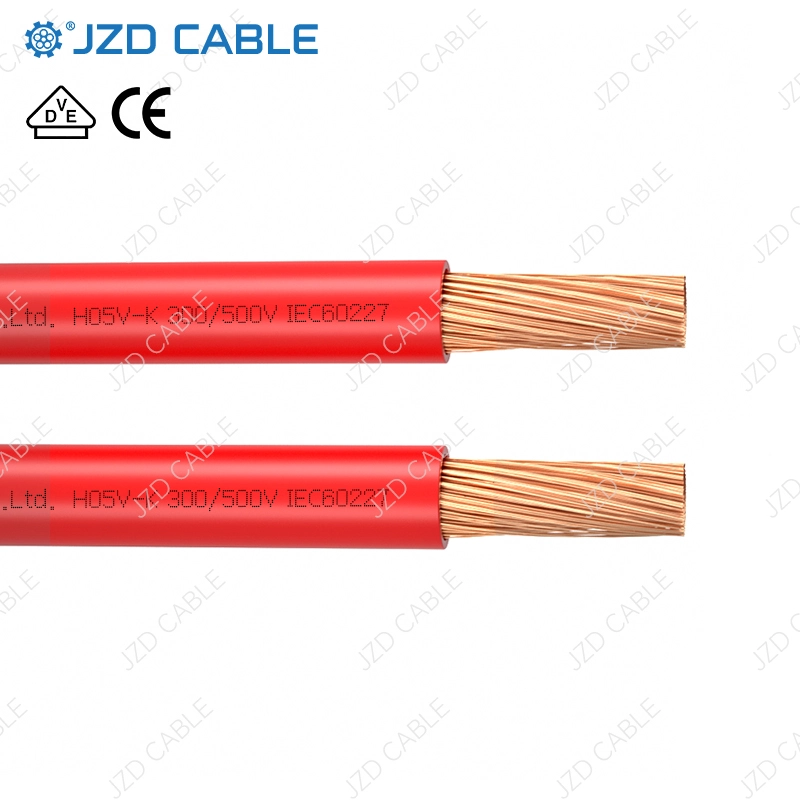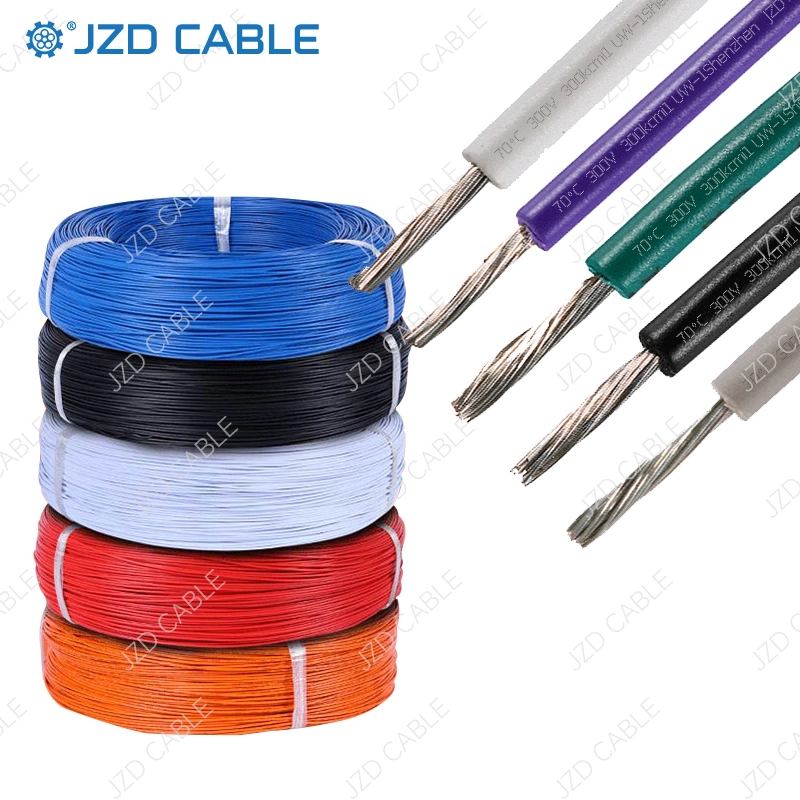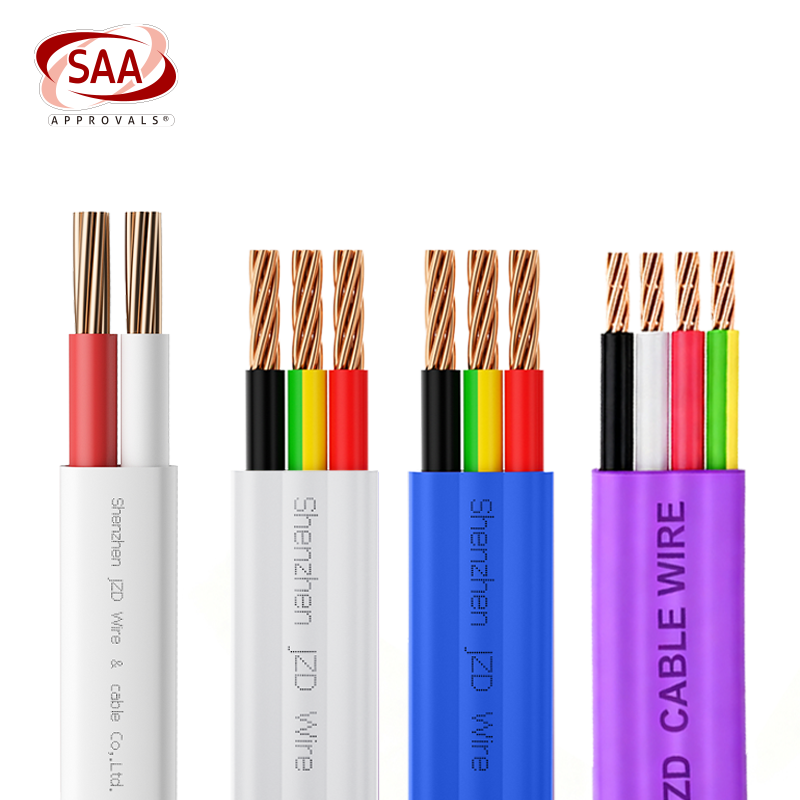What Are H05RN-F/H07RN-F Cables?
- H: Harmonized European standard.
- 05 or 07: Rated voltage (300/500V for H05RN-F; 450/750V for H07RN-F).
- R: Insulation material—synthetic rubber (e.g., EPDM or natural rubber) for high/low-temperature resistance.
- N: Sheath material—neoprene (chloroprene rubber), offering oil, ozone, and flame resistance.
- F: Flexible construction with finely stranded copper conductors.
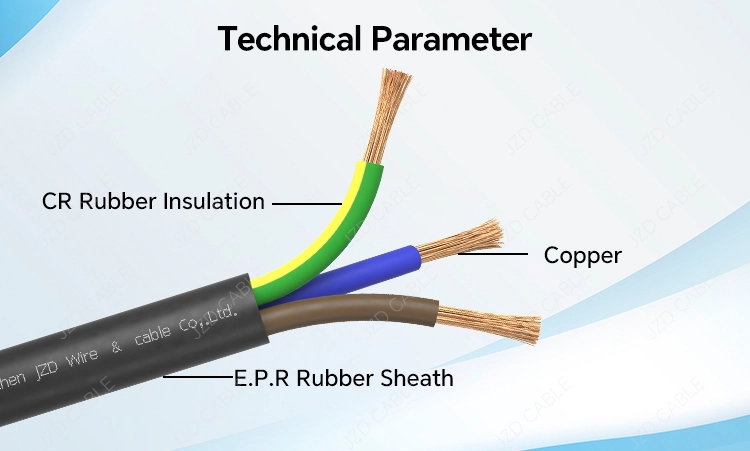
Key Features of H05RN-F/H07RN-F
-
Oil Resistance: Performs reliably in oily conditions. -
Flame Retardancy: Prevents fire spread with excellent self-extinguishing properties. -
Abrasion Resistance: Durable neoprene sheath withstands mechanical wear. -
Weather Resistance: Suitable for extreme climates, including UV exposure and moisture. -
Flexibility: Easy to bend and install, even at low temperatures.
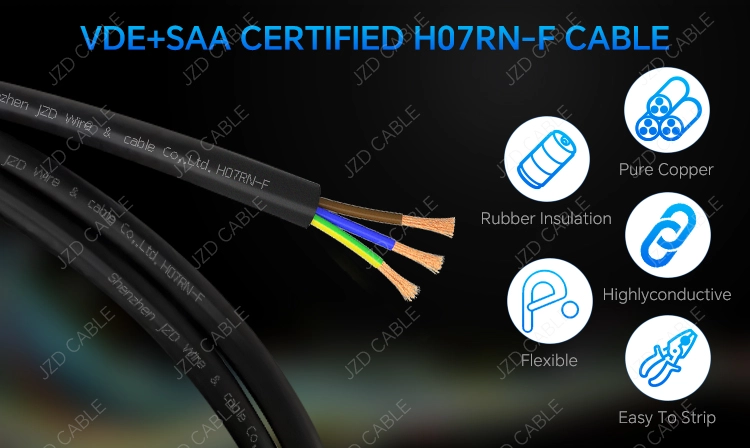
Typical Applications
- LED & Outdoor Lighting: Ideal for streetlights, tunnel lights, garden lamps, and industrial lighting in wet, oily, or sunny environments.
- Industrial Machinery: Used with engines, agricultural equipment, wind turbines, and construction machinery, supporting dry or damp indoor/outdoor setups.
- Pipeline & Equipment Protection: Resists oil and abrasion in fixed installations or motor connections.
- Temporary Facilities: Suitable for construction sites, temporary camps, stages, and generators.
- Wind Energy: Designed for turbine applications, allowing free suspension or twisting in generator-to-grid connections.
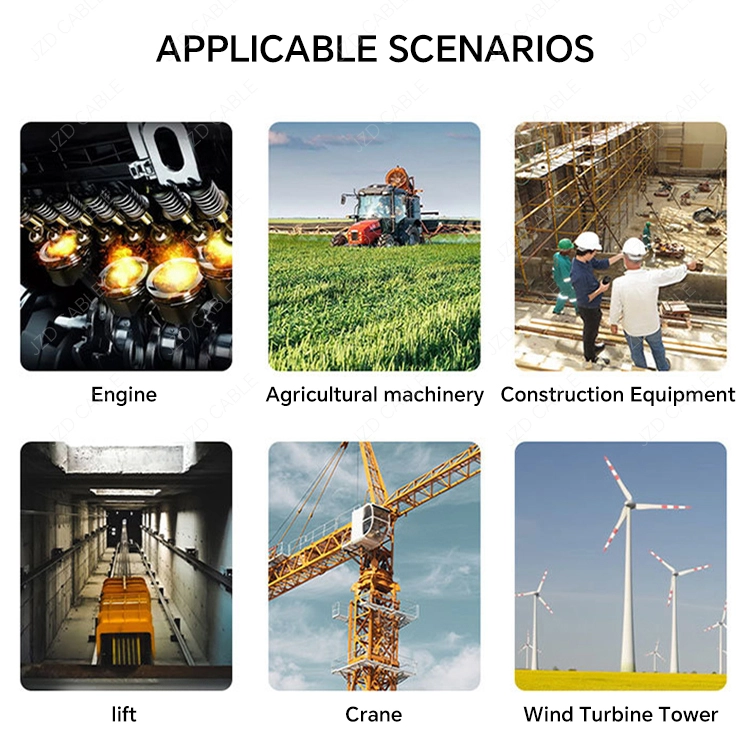
Common Mistakes in Selection
-
Incorrect Conductor Size/Voltage Rating: Undersized cables cause overheating, voltage drops, and added costs. -
Improper Installation: Over-bending or compression damages insulation, leading to short circuits. -
Ignoring Environmental Factors: Temperature, chemicals, and mechanical stress impact cable lifespan and safety. -
Choosing Low-Quality Cables: Cheap options may fail prematurely, increasing maintenance risks. -
Overlooking Certifications: Non-compliance with UL, CE, or TUV standards can result in safety hazards.
- Evaluate environmental conditions, mechanical needs, and electrical requirements.
- Verify certifications and ensure cables meet project-specific parameters.



